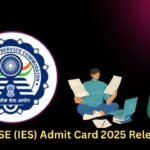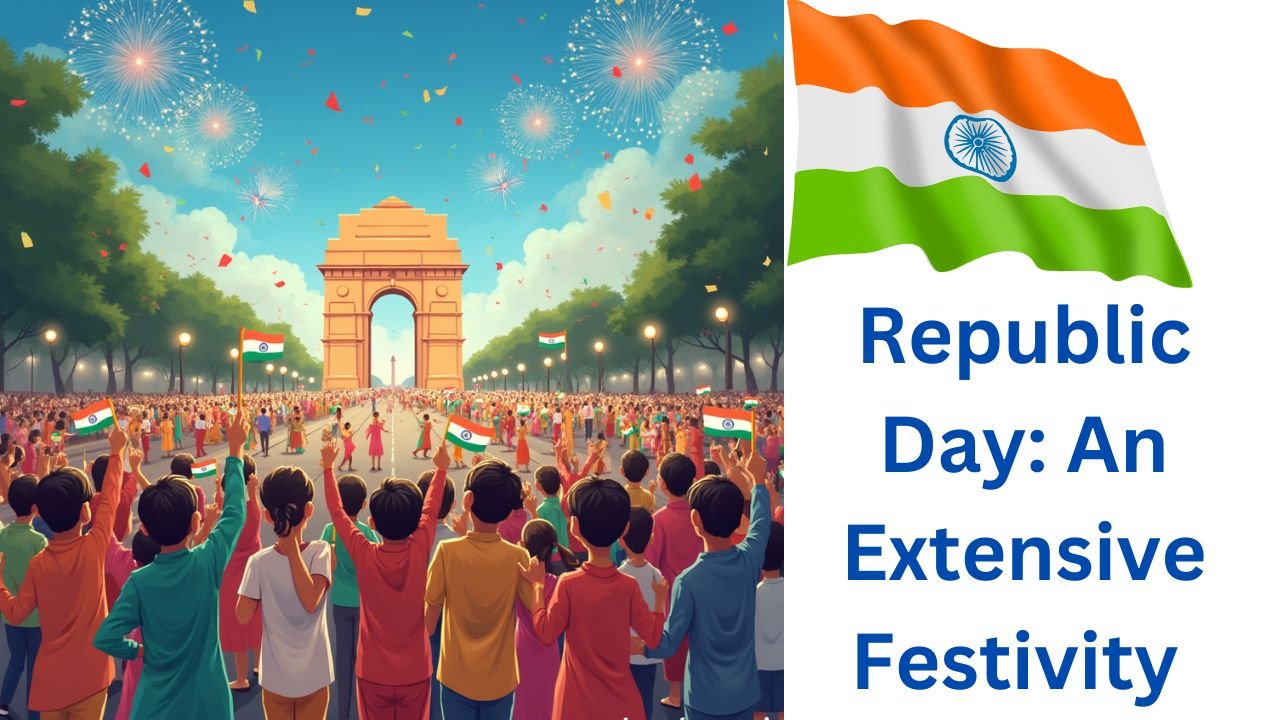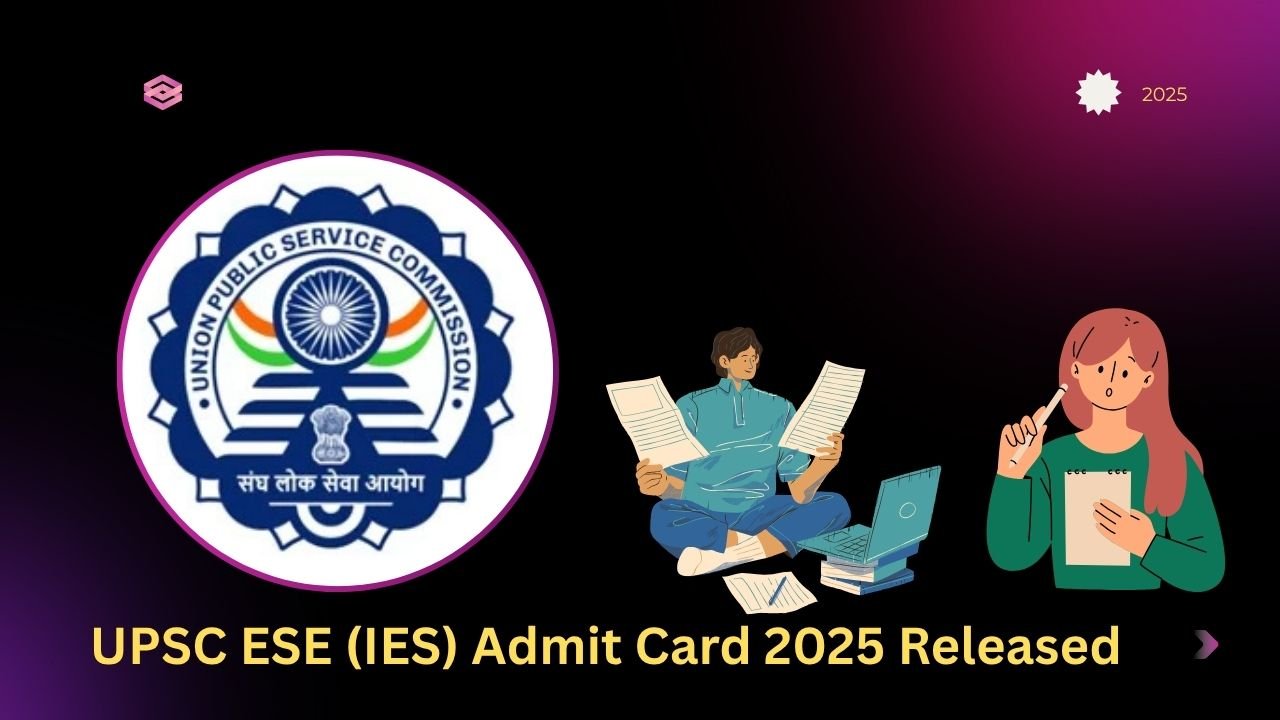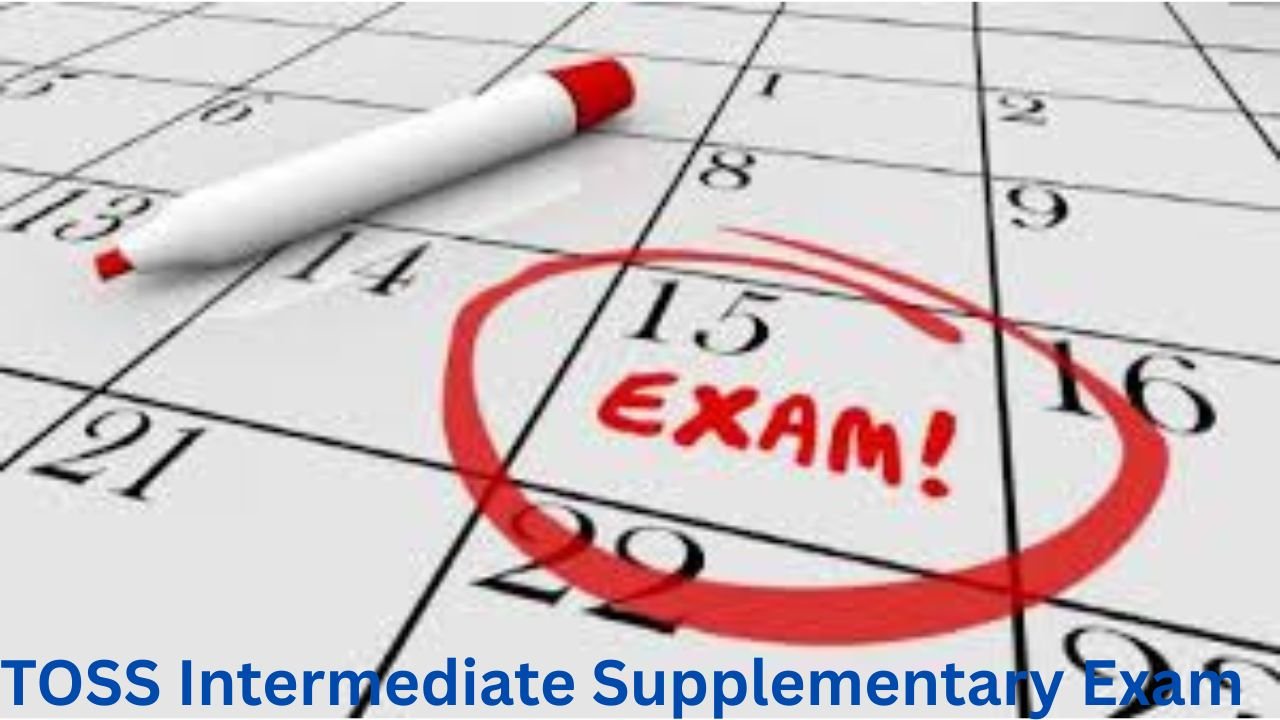Republic Day: One of the most important days in Indian history is Republic Day, which is observed annually on January 26. It honors the 1950 ratification of the Indian Constitution, which marked the nation’s transformation into an independent, democratic republic. Beyond only being a public holiday, this day represents solidarity, liberty, and patriotism. Let’s examine this celebration’s importance, traditions, and magnificence in more detail.
Republic Day: Background Why Republic Day is Celebrated
The seeds of Republic Day were sown during India’s struggle for independence. On January 26, 1930, the Indian National Congress declared Purna Swaraj (complete independence) from British rule. Though independence came years later, on August 15, 1947, it was on this day in 1950 that the Indian Constitution came into effect, replacing the Government of India Act (1935).
Dr. B.R. Ambedkar and his team meticulously drafted the Constitution over 2 years, 11 months, and 18 days. It laid the foundation of a democratic framework where sovereignty lies with the people. This transformation called for an annual celebration to honor the spirit of democracy and the sacrifices made for freedom
Customs and Celebrations
Republic Day celebrations are imbued with patriotism and cultural diversity. Across India, schools, colleges, offices, and communities organize events that include flag hoisting, parades, and cultural performances. The national flag takes center stage, symbolizing the unity and integrity of the nation. The day begins with the President’s address to the nation, which sets the tone for the festivities.
Schools and Colleges
In educational institutions, Republic Day is celebrated with morning assemblies, speeches, and cultural programs. Children dress in traditional attire, perform dances, recite poems, and reenact historical events. It’s a day of joy and learning, with students understanding the importance of their nation’s heritage.
Decorations
Buildings are adorned with tricolor lights and decorations. Streets are lined with flags, and the air resonates with patriotic songs. People often wear outfits in saffron, white, and green to show their love for the country.
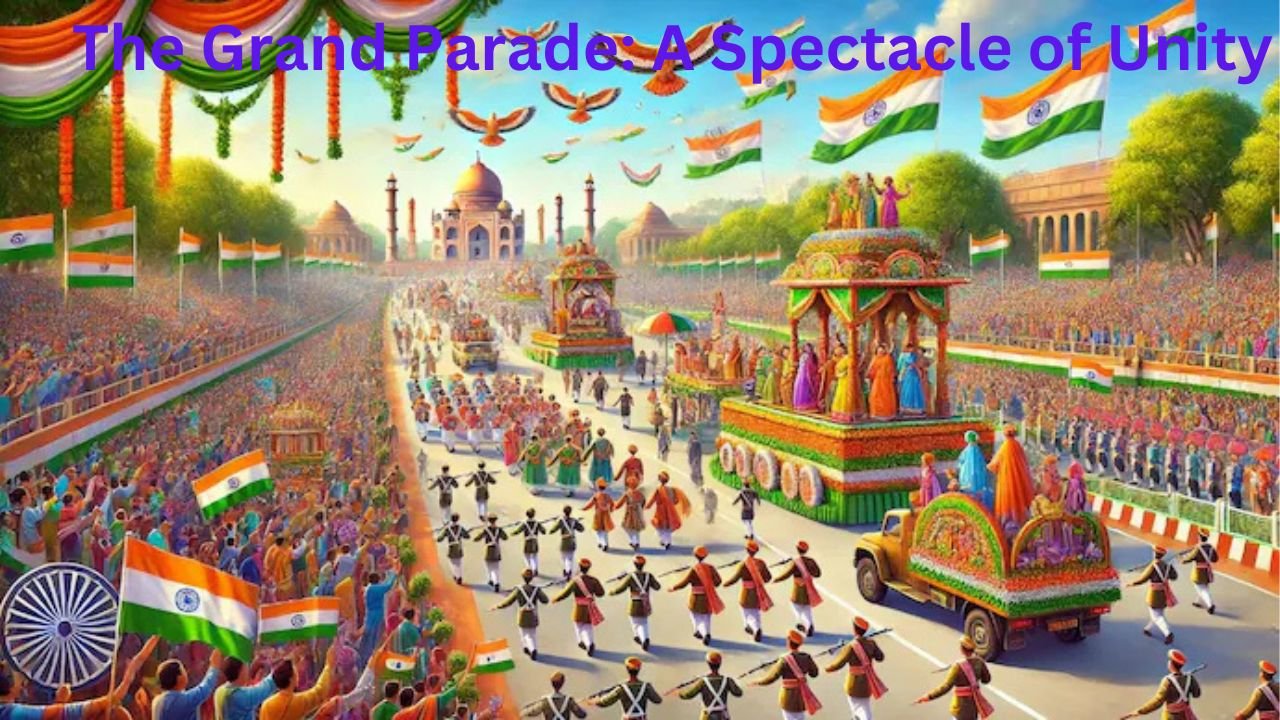
The Grand Parade: A Spectacle of Unity
One of the main highlights of Republic Day is the grand parade held in New Delhi, showcasing India’s military prowess, cultural heritage, and technological advancements. The parade starts from Rashtrapati Bhavan and proceeds to the historic Red Fort via the Kartavya Path (formerly Rajpath).
Military Projection
The Commander-in-Chief of the armed forces, the President of India, is given a hearty salute to begin the parade. A stunning demonstration of military prowess with tanks, missiles, and airplanes follows. The Indian Air Force’s flypast, in which fighter planes paint the sky in tricolor, is a much anticipated event.
Cultural Pageantry
India’s great diversity is exhibited through cultural tableaux from different states. The distinctive customs, celebrations, and accomplishments of each state are portrayed on its float. India’s unity in variety is embodied in the fusion of dance, music, and art.
Chief Guest: A Symbol of Friendship
Every year, a distinguished foreign dignitary is invited as the chief guest for the Republic Day celebrations. This tradition symbolizes India’s goodwill and diplomatic relations. Past chief guests have included global leaders such as Nelson Mandela, Barack Obama, and Emmanuel Macron. Their presence adds an international dimension to the event, emphasizing India’s role on the global stage.
Beating Retreat: A Melodic Farewell
The Republic Day celebrations conclude with the Beating Retreat ceremony on January 29. Held at Vijay Chowk, this event is a symphony of military bands playing patriotic tunes. The lowering of the flags at sunset, accompanied by the soulful notes of ‘Abide with Me’ and other compositions, leaves a lasting impression.
Awards and Honors
Republic Day is also an occasion to honor excellence and bravery. The President confers prestigious awards such as the Bharat Ratna, Padma Awards, and Gallantry Awards. Brave soldiers and civilians, including children, are recognized for their exemplary courage and service to the nation.
Children’s Awards
The Pradhan Mantri Rashtriya Bal Puraskar recognizes exceptional achievements by children in fields such as innovation, sports, and arts. These young heroes inspire the nation with their contributions.
Republic Day Speeches: Words that Inspire
Speeches delivered on Republic Day are a vital part of the celebrations. Leaders emphasize the importance of upholding constitutional values, unity, and progress. Here is an example of a Republic Day speech:
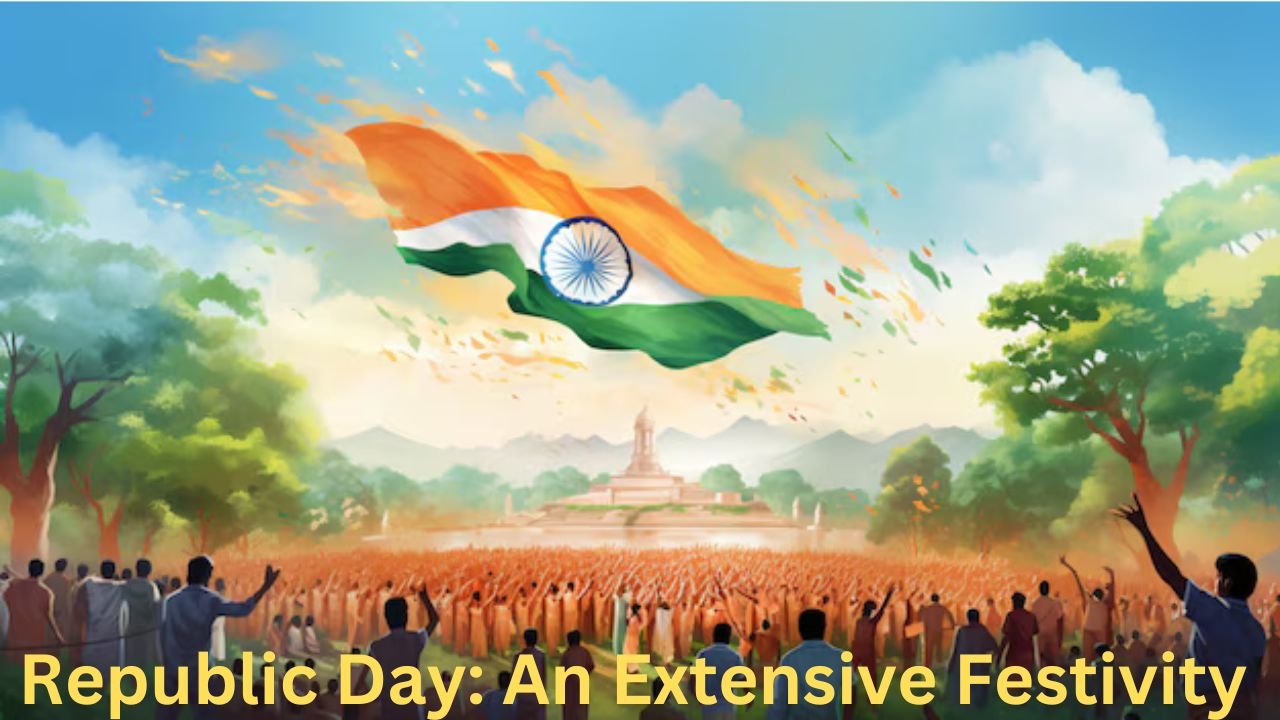
“Every Indian should now forget that he is a Rajput, a Sikh, or a Jat. He must remember that he is an Indian.” – Sardar Vallabhbhai Patel
Republic Day Images: A Visual Treat
Images of the Republic Day parade, cultural performances, and the illuminated Rashtrapati Bhavan are widely shared. They capture the essence of the celebrations, from the disciplined march of soldiers to the vibrant tableau of states.
Suggested Visuals:
- A snapshot of the flag hoisting ceremony.
- A colorful tableau representing a state’s culture.
- A bird’s-eye view of the parade.
- Illuminated landmarks like the India Gate and Parliament House
Republic Day is not just about celebration; it is a time for reflection on the values enshrined in the Constitution. It reminds every citizen of their duty towards the nation and their role in shaping its future. As we bask in the glory of the tricolor and the spirit of freedom, let us pledge to uphold justice, equality, and fraternity.
Jai Hind


